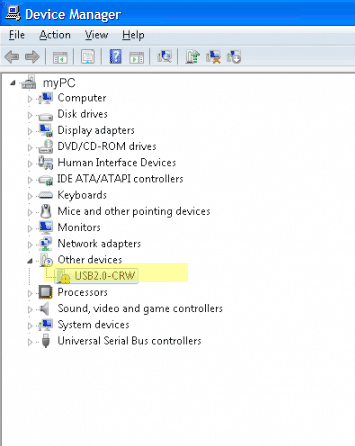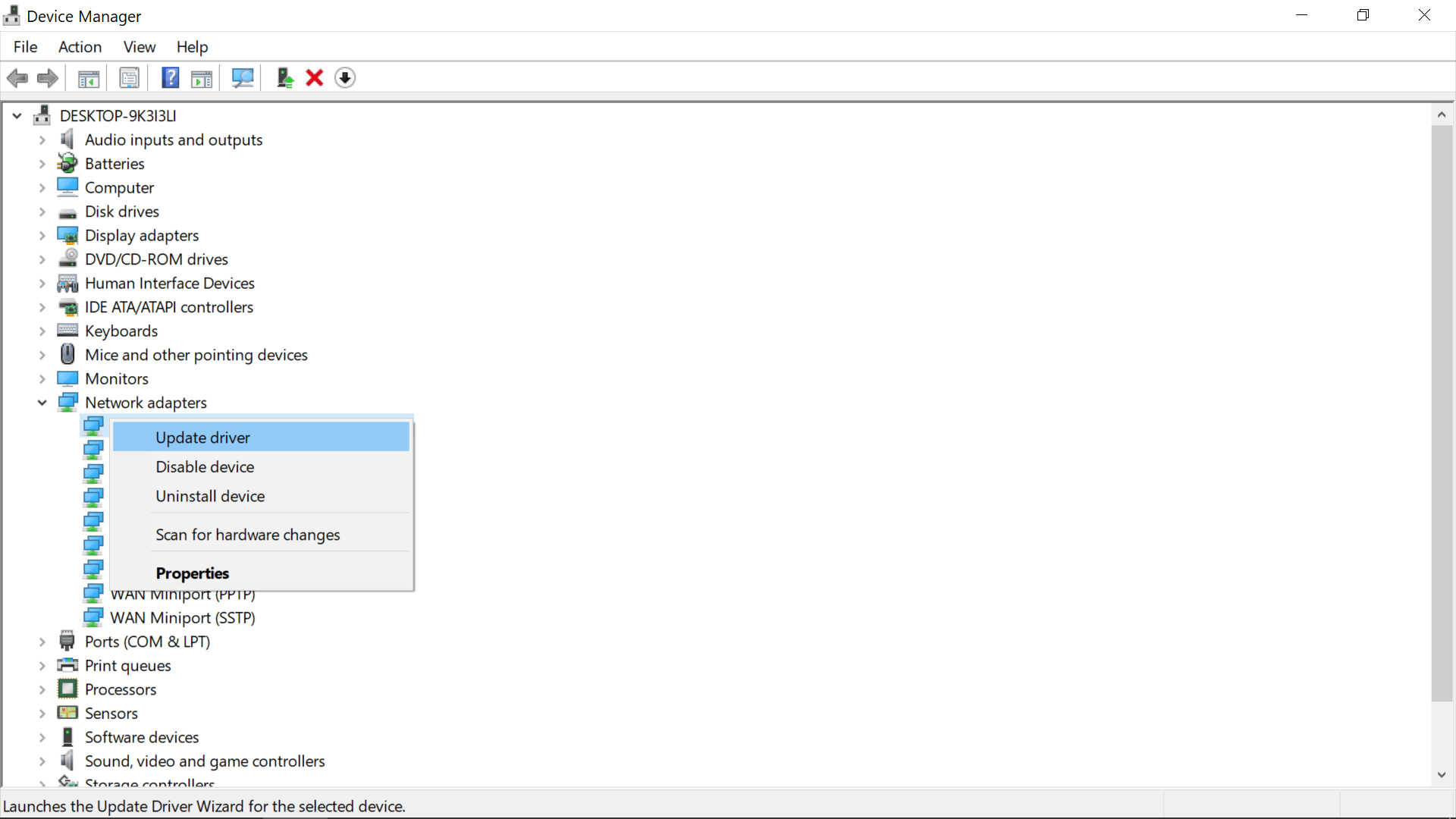Zadig is a Windows application that installs generic USB drivers, such as WinUSB, libusb-win32/libusb0.sys or libusbK, to help you access USB devices.
It can be especially useful for cases where:
Select LG Mobile Drivers and click Windows or Mac button to download LG Universal Mobile Drivers. Installing USB Driver. If your phone is connected to the USB Port of your PC, Disconnect it before running the installer you just downloaded. Click the downloaded.exe file. Select the language and click Next button to install LG Universal. Update PCI device driver via Device Manager The yellow exclamation mark next to certain device problem can usually be fixed with an appropriate and matched device driver. 1) On your keyboard, press the Windows logo key and R at the same time, type devmgmt.msc and press Enter.
- you want to access a device using a libusb-based application
- you want to upgrade a generic USB driver
- you want to access a device using WinUSB
Note:'libusb-based' above means an application that uses either libusb, libusb-win32 or libusbK.
Download
Updated 2020.03.28:
- Zadig 2.5 (4.9 MB)
System Requirements:
Windows 7 or later.
Windows XP and Windows Vista are NO LONGER SUPPORTED.
Usage
Download the executable and run it — no installation is necessary.
If elevation is required, you will be prompted for it.
An usage guide for Zadig is available HERE.
The executable is digitally signed and the signature should state: 'Akeo Consulting'
Frequently Asked Questions (FAQ)

A Zadig FAQ is available HERE.
To provide feedback, report a bug or request an enhancement please use the github issue tracker. Or you can send an e-mail.
License
GNU General Public License (GPL) version 3 or later.
You are free to distribute, modify or even sell the software, insofar as you respect the GPLv3 license.
Zadig is based on libwdi which uses an LGPL version 3 or later license.
The executable is produced in a 100% transparent manner, from its public source, using a Visual Studio environment.
Changelog
- Version 2.5 (2020.03.28)
- Fix
.catgeneration for some user directories with non western characters - Fix update check
- Improve error reporting
- Embedded drivers: WinUSB v6.1.7600.16385, libusb-win32 v1.2.6.0, libusbK v3.0.7.0 & usbser (native)
- Fix
Source Code
- libwdi 1.3.1 source (320 KB). Includes Zadig in the examples directory.
- Alternatively, you can clone the git repository using:
- For more information, see the github project.
If you see a yellow exclamation mark next to one of your PCI drivers listed under Other devices or Unknown devices in the Device Manager, and you have no idea what to do, you’re not alone. Many Windows users are reporting about this problem. But no worries, it’s possible to fix, however horrifying the scene looks.
Here are 3 solutions for you to choose.You may not have to try them all; just work your way down until you find the one works for you.
What is PCI device driver?
PCI stands for Peripheral Component Interconnect. The PCI device you see in Device Manager indicates the piece of hardware that plugs into your computer’s motherboard, such as PCI Simple Communications Controllers and PCI data Acquisition and Signal Processing Controller as shown in the above screen shot. These are the hardware devices that keep your PC running smoothly.
If these device drivers fail to work properly, your PC suffers.
How do I fix it?
Note: The screen shots below are shown on Windows 7, but all fixes apply to Windows 10 and Windows 8 as well.
Method 1: Update PCI device driver via Device Manager
Method 2: Update PCI device driver Manually
Method 3: Update PCI device driver Automatically (Recommended)
Method 1. Update PCI device driver via Device Manager
The yellow exclamation mark next to certain device problem can usually be fixed with an appropriate and matched device driver.

1) On your keyboard, press the Windows logo key and R at the same time, type devmgmt.msc and press Enter.
2) If you can see clearly the name of the PCI device as the screen shot shown below (PCI Simple Communications Controller), just go to the manufacturer website of your computer and search for the exact driver from there.
If the computer is assembled by yourself, which means that there is not a definite manufacturer that you can turn to, you can use Driver Easy to help you download the drivers needed for free.
Method 2. Update PCI device driver Manually
Download Via Port Devices Driver Updater
If you are not sure which manufacturer website to turn to, you can use the hardware ID to search for the correct driver for you:
1) On your keyboard, press the Windows logo key and R at the same time, type devmgmt.msc and press Enter.
2) Expand Other devices. Double-click PCI Device.
3) Go to Details, select Hardware Ids from the drop-down box.
4) Now, let’s try the first ID listed here first. Copy the first hardware ID listed.
5) Paste it to the search box of the searching engine. Please also add key words such driver or your operating system.
Download Via Port Devices Driver Windows 7
6) Download the correct driver from the list provided. Then you need to install them as instructed by the driver provider.
Method 3. Update PCI Driver Automatically (Recommended)
If you don’t have the time, patience or computer skills to update your drivers manually, you can do it automatically with Driver Easy.
Driver Easy will automatically recognize your system and find the correct drivers for it. You don’t need to know exactly what system your computer is running, you don’t need to risk downloading and installing the wrong driver, and you don’t need to worry about making a mistake when installing.
You can update your drivers automatically with either the FREE or the Pro version of Driver Easy. But with the Pro version it takes just 2 clicks (and you get full support and a 30-day money back guarantee):
1) Downloadand install Driver Easy.
2) Run Driver Easy and click the Scan Now button. Driver Easy will then scan your computer and detect any problem drivers.
3) Click the Update button next to the flagged PCI device to automatically download and install the correct version of its driver (you can do this with the FREE version).
Or click Update All to automatically download and install the correct version of all the drivers that are missing or out of date on your system (this requires the Pro version– you’ll be prompted to upgrade when you click Update All).
We hope this post can meet your needs. If you have any questions or suggestions, feel free to leave comments below. It would be very nice of you if you are willing to click the thumb button below.
